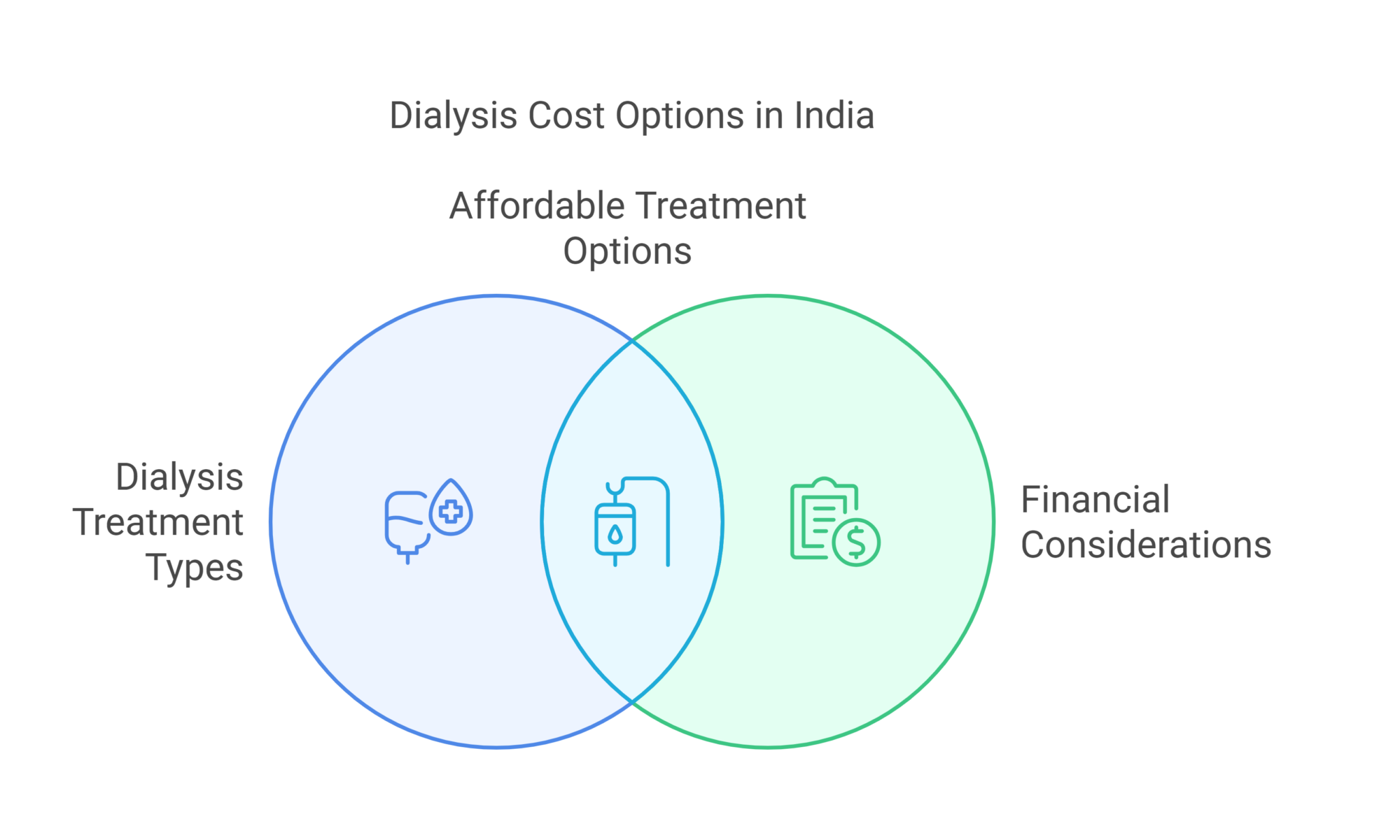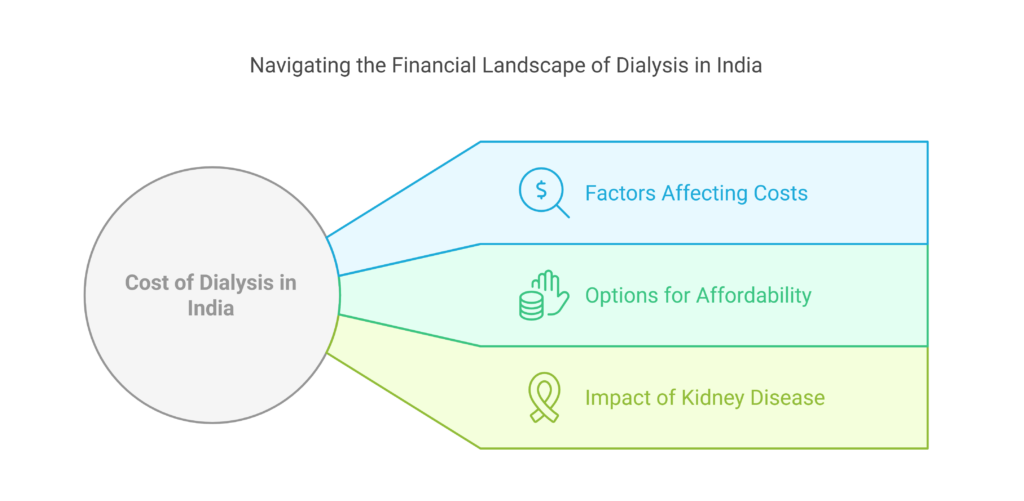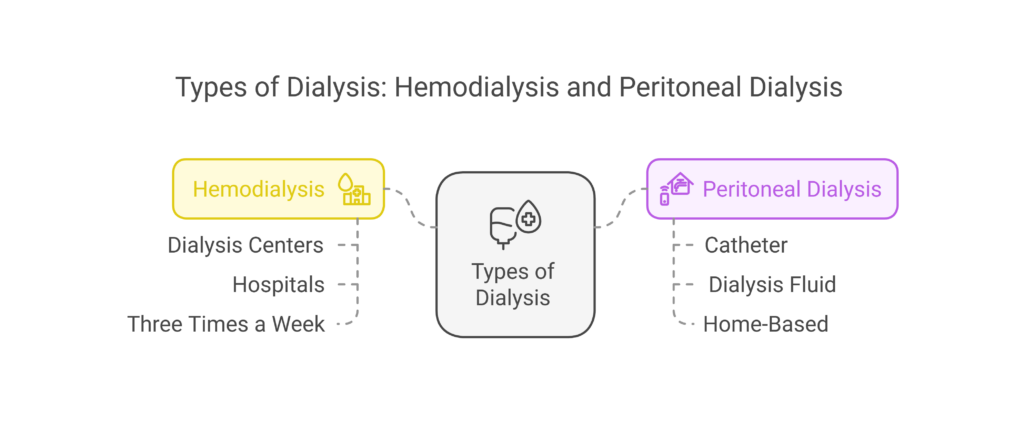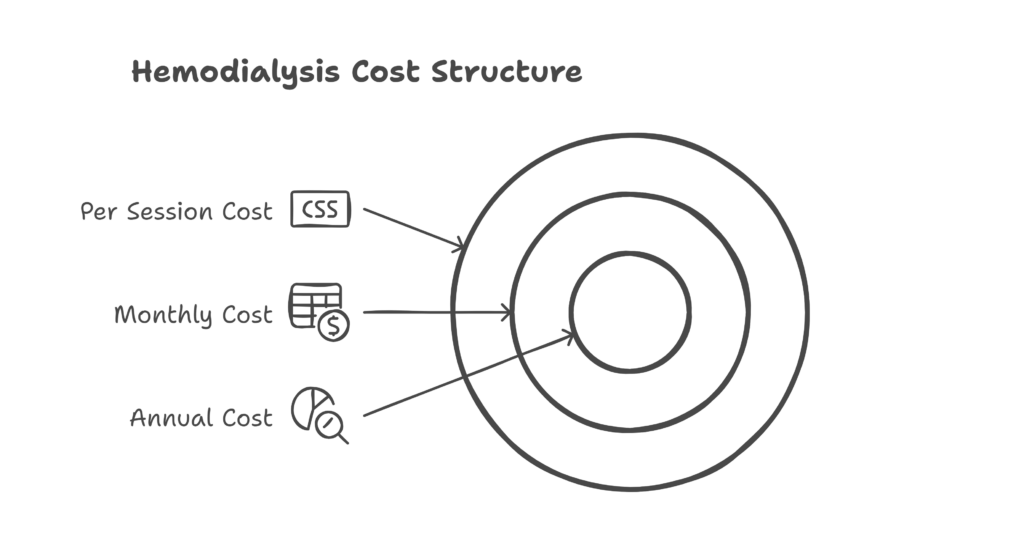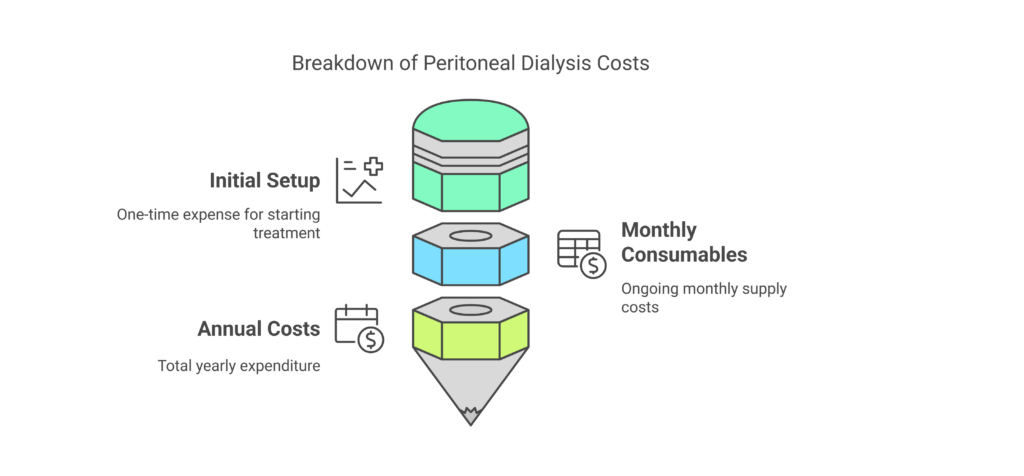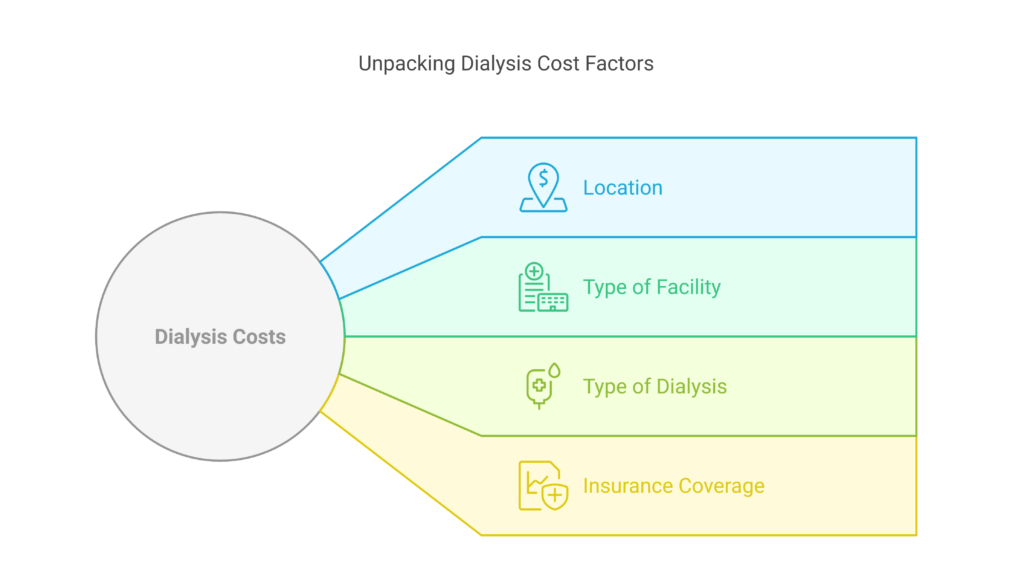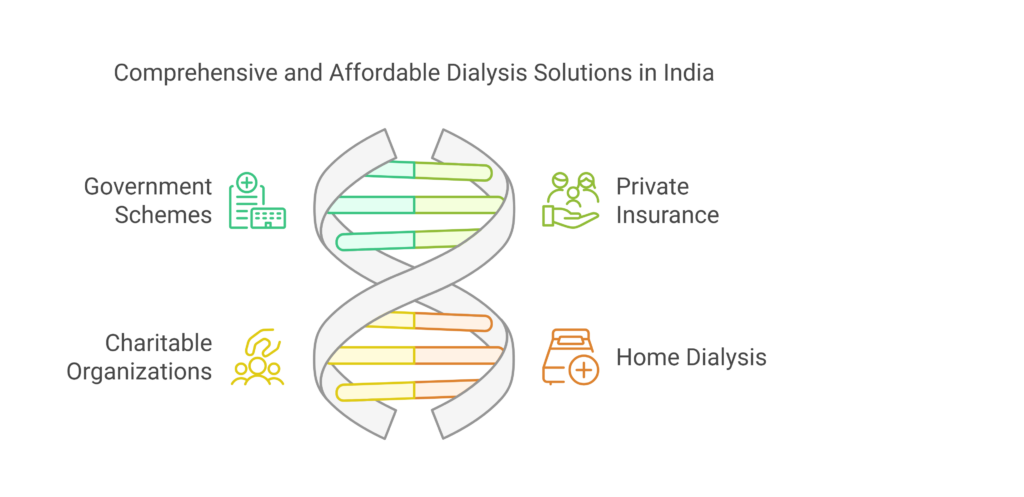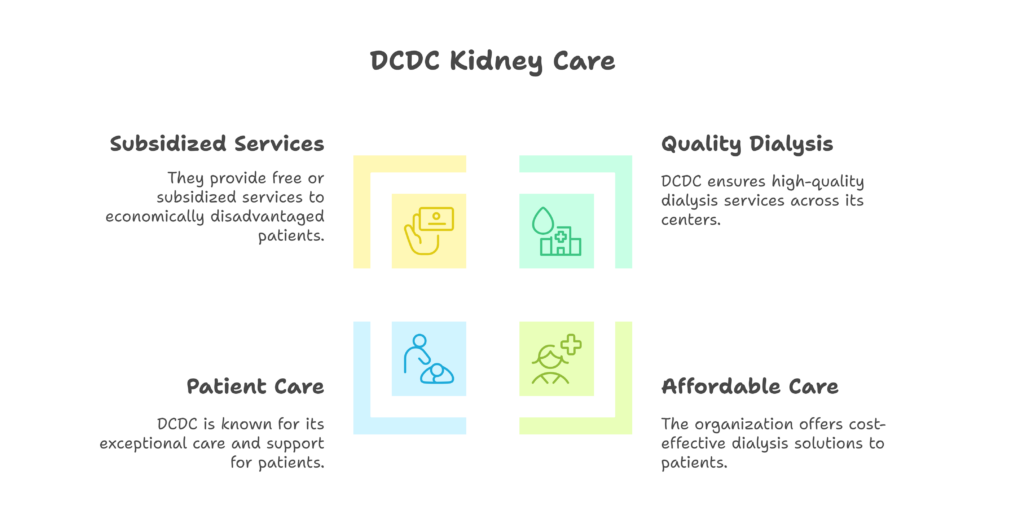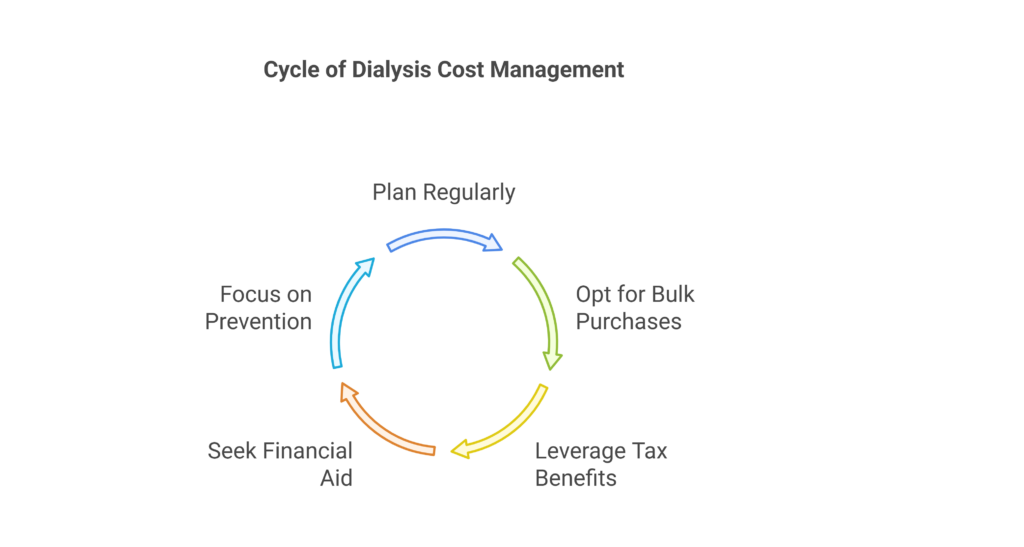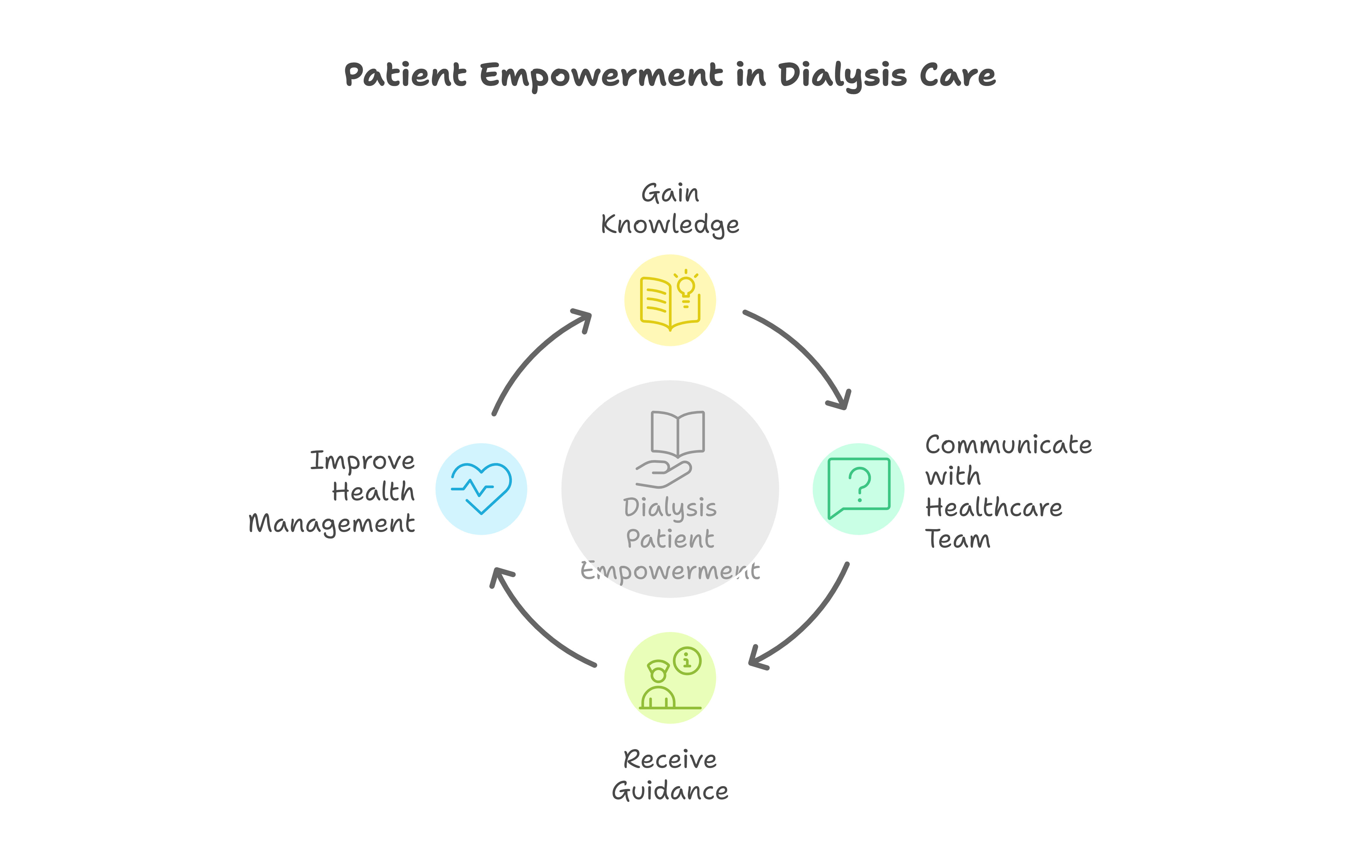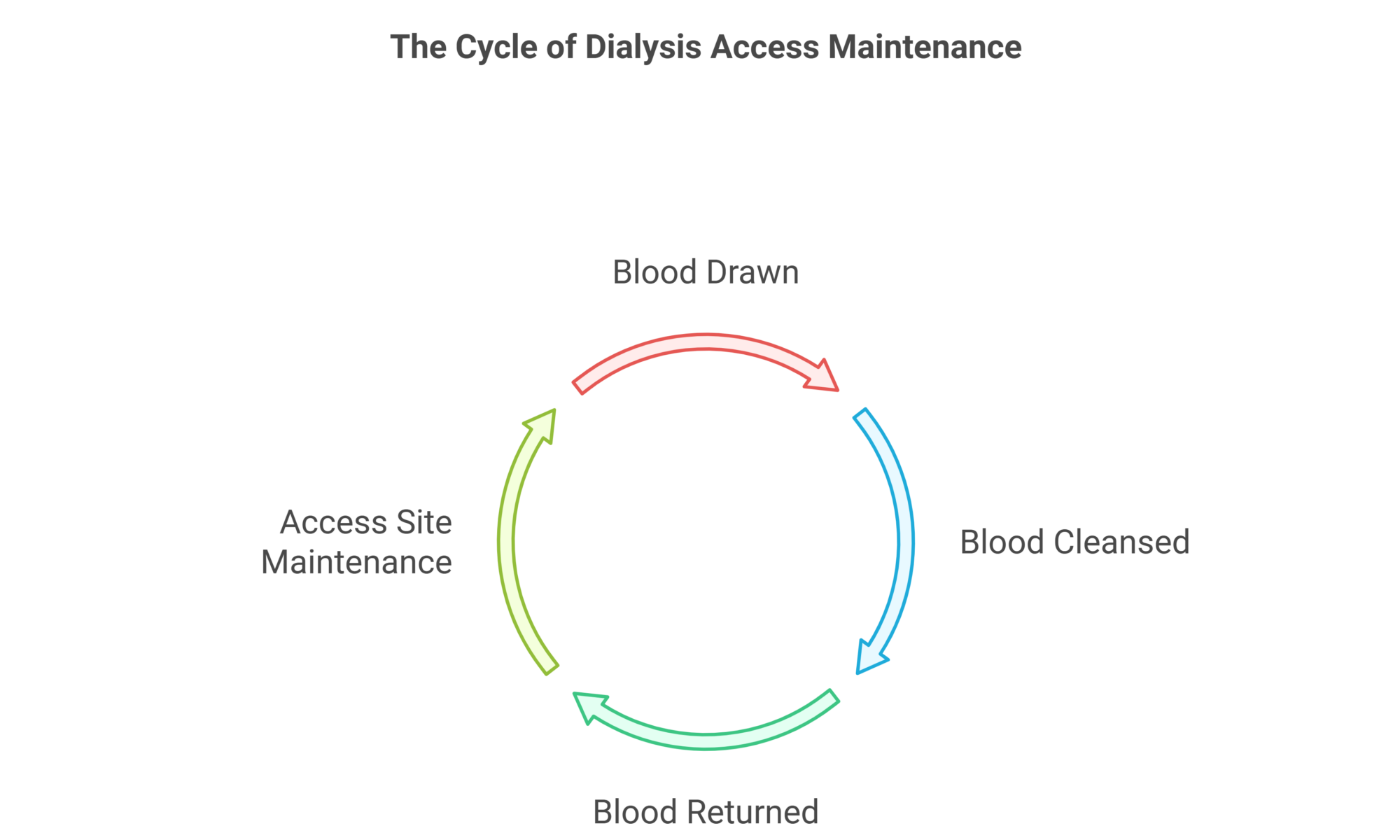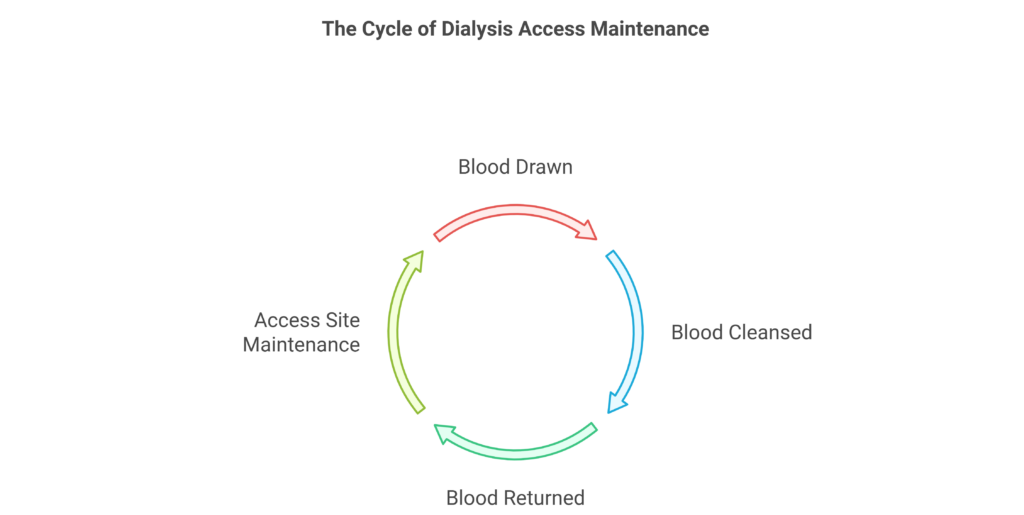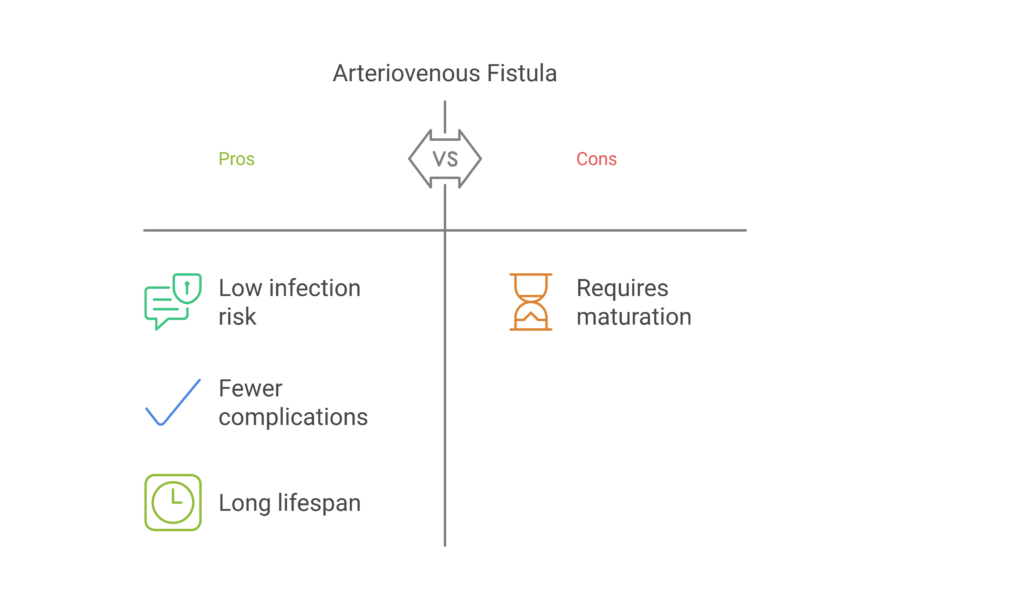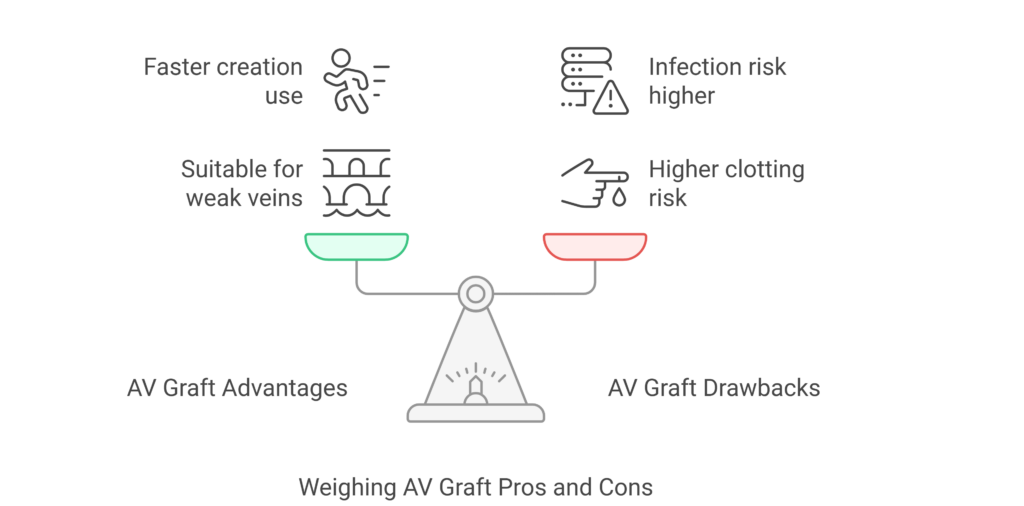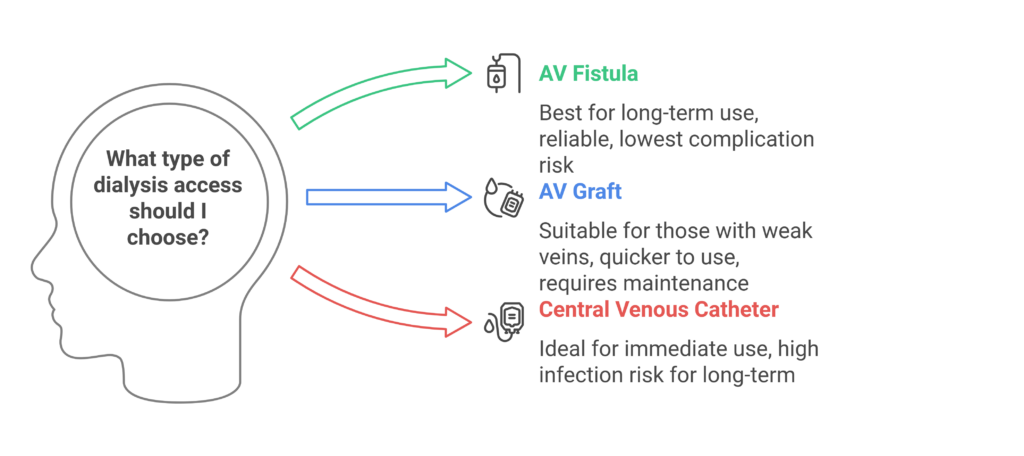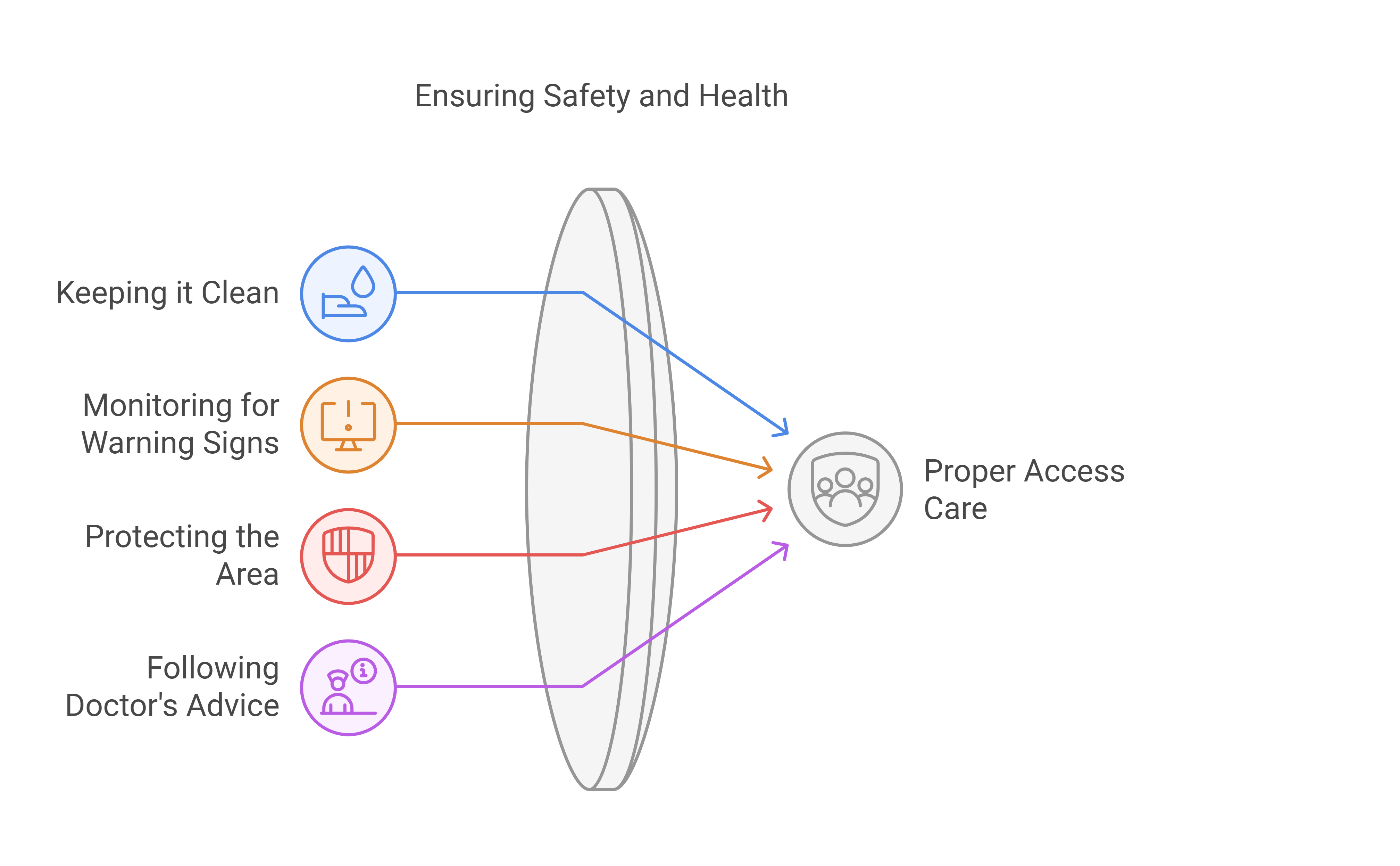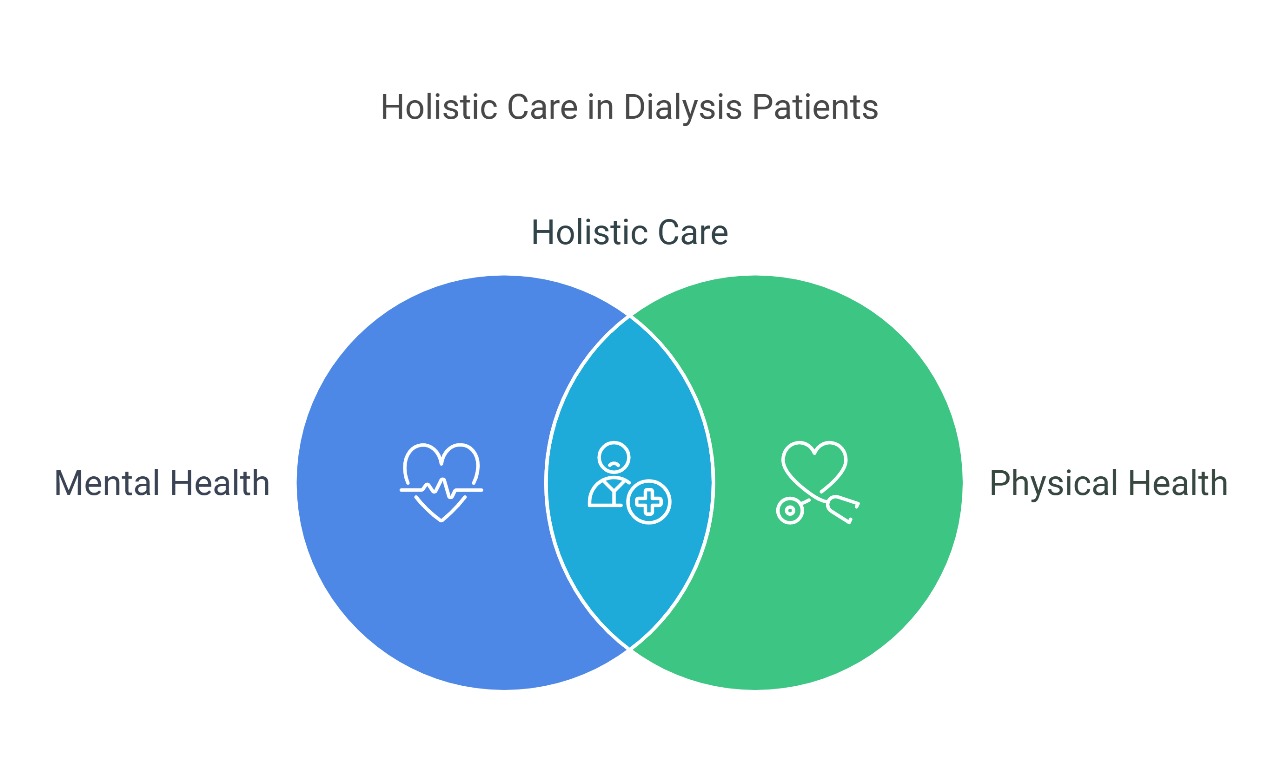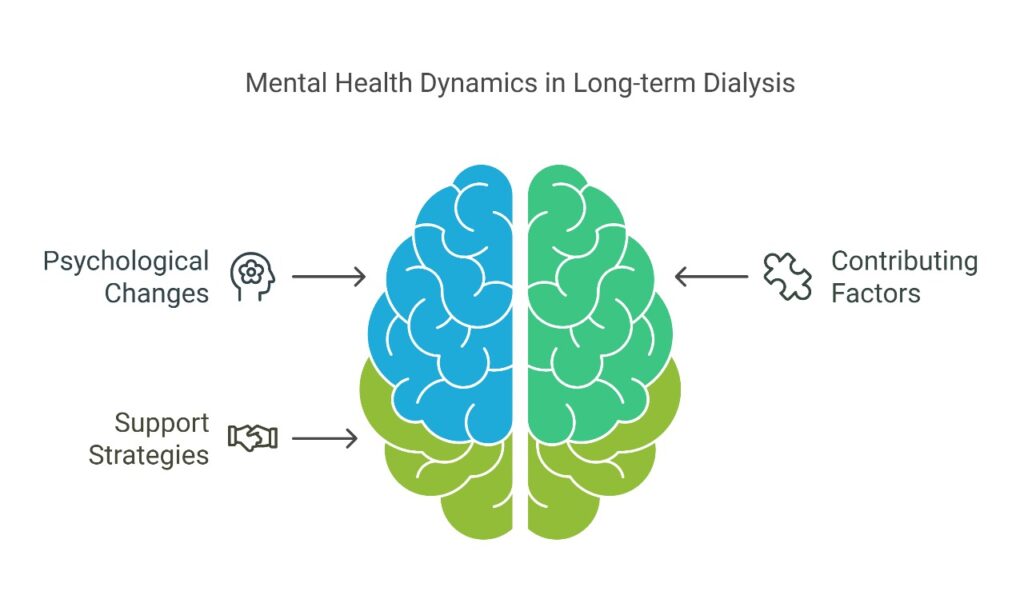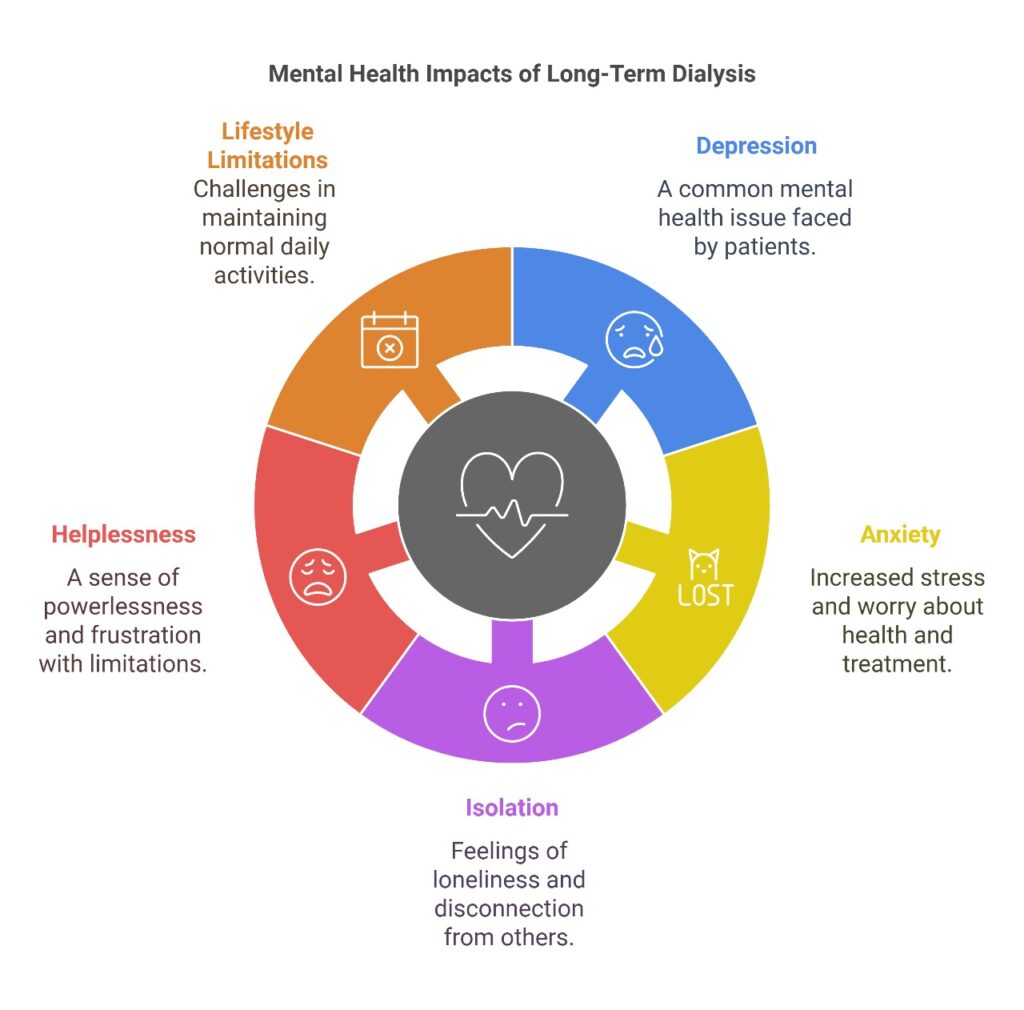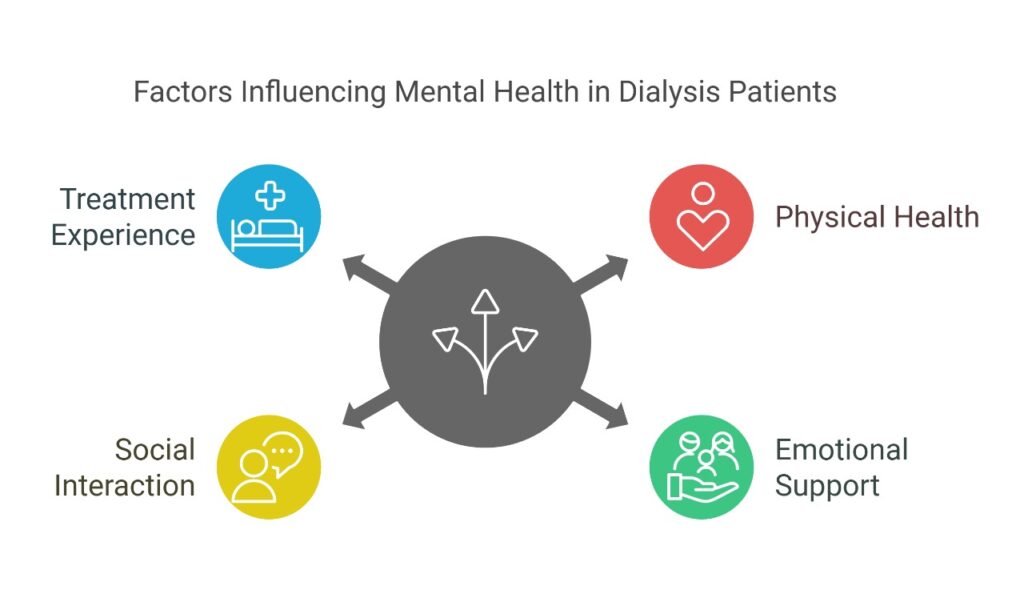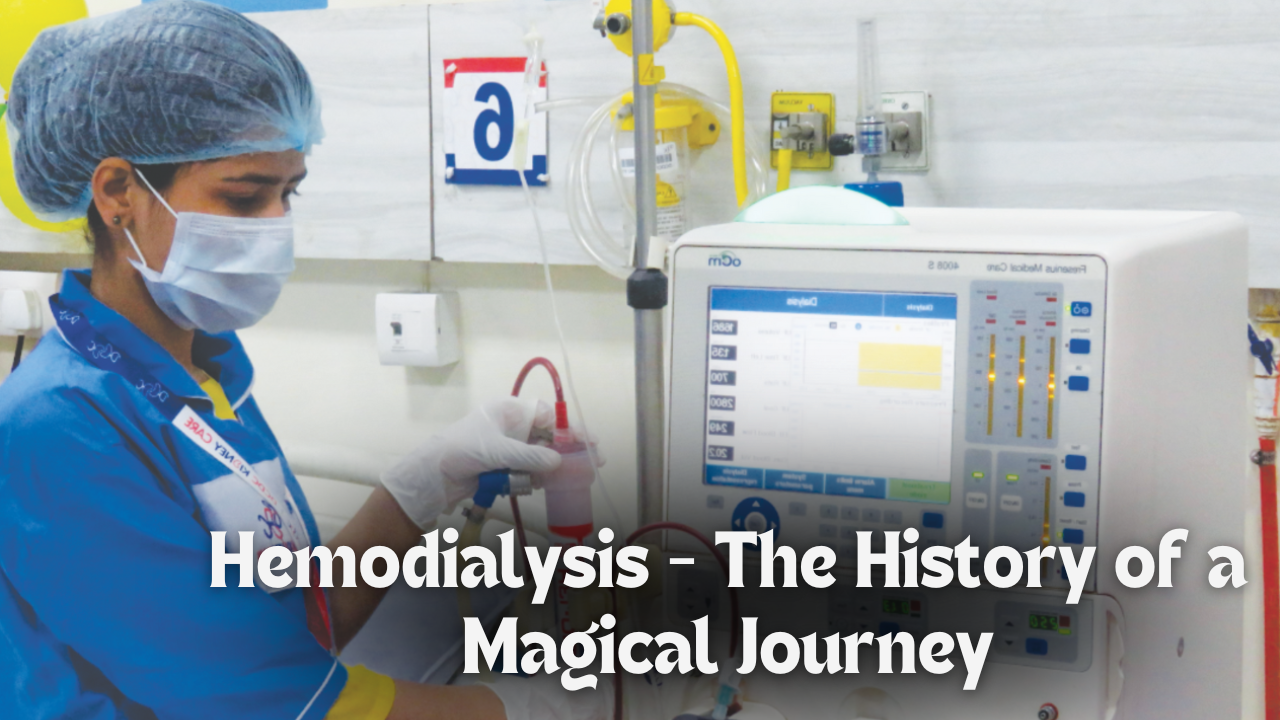Dialysis is a lifeline for those with kidney
failure, but what you do after each session is just as important as the
treatment itself. Proper post-dialysis care can help reduce fatigue, prevent complications,
and improve overall health. Here’s a simple and practical guide tailored for
Indian dialysis patients, especially those from middle and lower-middle-class
backgrounds.

Allow Your Body to Recover
Dialysis can leave you feeling weak or tired. Take some time to rest but avoid excessive napping during the day to maintain a good sleep cycle at night. Engaging in light, non-strenuous activities such as deep breathing exercises, sitting in fresh air, or listening to music can help refresh your mind and body without overexertion.

Manage Your Fluid Intake
You might feel thirsty after dialysis, but drinking too much water can lead to swelling and breathing issues. Stick to the fluid limits set by your doctor. If you feel dry-mouthed, try sucking on ice chips (if allowed) or rinsing your mouth with cold water.

Watch Your Weight and Blood Pressure
After dialysis, weigh yourself and check your blood pressure regularly. Sudden weight gain or high blood pressure may indicate fluid buildup or other problems. Keep a small diary or use a mobile app to track these readings and share them with your doctor.

Eat Right for Recovery

Good nutrition helps your body recover. Follow a simple, affordable dialysis-friendly diet:
- Proteins: Include dal, eggs, curd, or well-cooked chicken/fish to maintain strength.
- Fruits & Vegetables: Choose low-potassium options like apples, guava, cabbage, and bottle gourd.
- Salt & Spice: Reduce salt intake to avoid water retention and high BP. Use lemon, herbs, or homemade masala for taste.
- Fluids: Avoid excess water, juices, or soft drinks. Instead, take small sips of allowed fluids throughout the day.
Recognize Warning Signs
Some patients may feel dizzy, have headaches, or experience muscle cramps after dialysis. If symptoms persist or worsen, inform your dialysis center immediately. Keeping a small symptom diary can help your doctor adjust your treatment.

Care for Your Dialysis Access Site
To prevent infection, keep your access site (fistula or catheter area) clean and dry:
- Wash hands before touching the site.
- Avoid scratching or rubbing the area.
- If you notice redness, swelling, or pus, inform your doctor immediately.

Keep Your Body Moving
While resting is important, staying completely inactive can cause stiffness and weakness. Simple movements like stretching your arms, rotating your ankles, or taking a short walk at home can boost circulation and help recovery. Avoid heavy exercise and always check with your doctor before starting any new activity.

Take Medicines on Time
Your medicines are essential for managing blood pressure, bone health, and preventing complications. Never skip doses or stop taking any medicine without consulting your doctor. If you face difficulty affording medicines, ask your healthcare provider about government schemes or affordable alternatives.

Manage Stress and Mental Health
Dialysis can be emotionally draining but staying positive helps. Engage in relaxing activities like listening to bhajans, reading, or chatting with friends and family. Joining a local dialysis patient support group or talking to someone who understands your struggles can be helpful.

Plan Ahead for Your Next Session
Being prepared reduces stress. Keep your dialysis days organized:
- Arrange transportation in advance.
- Wear loose, comfortable clothes.
- Carry a light snack (if permitted) to avoid feeling weak after treatment.

Conclusion
Post-dialysis care doesn’t have to be complicated or expensive. Simple lifestyle changes and careful monitoring can make a huge difference in your well-being. Follow these steps, stay in touch with your healthcare team, and take charge of your health to live a fuller, healthier life.
Author: Dr. Deepak Agarwal
VP- Clinical
DCDC Kidney Care


